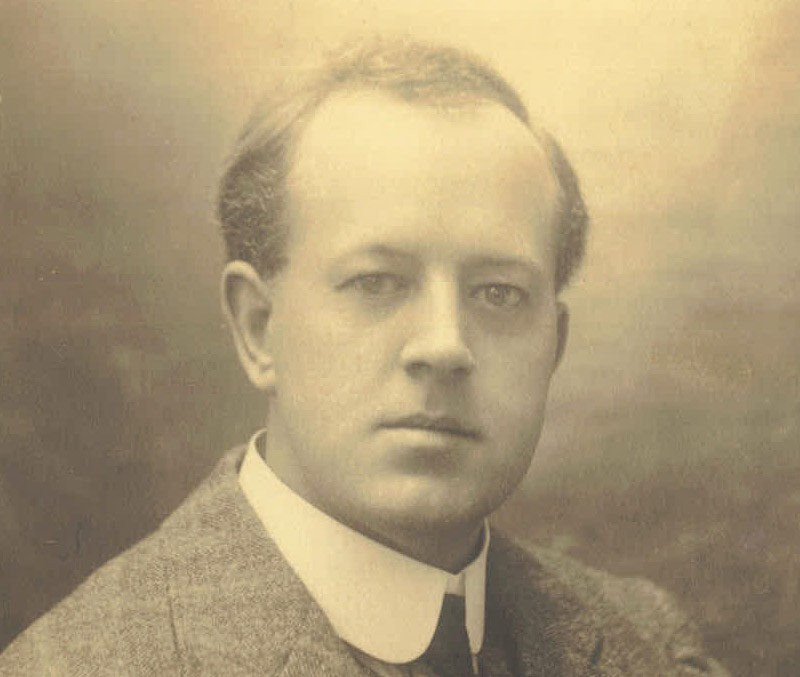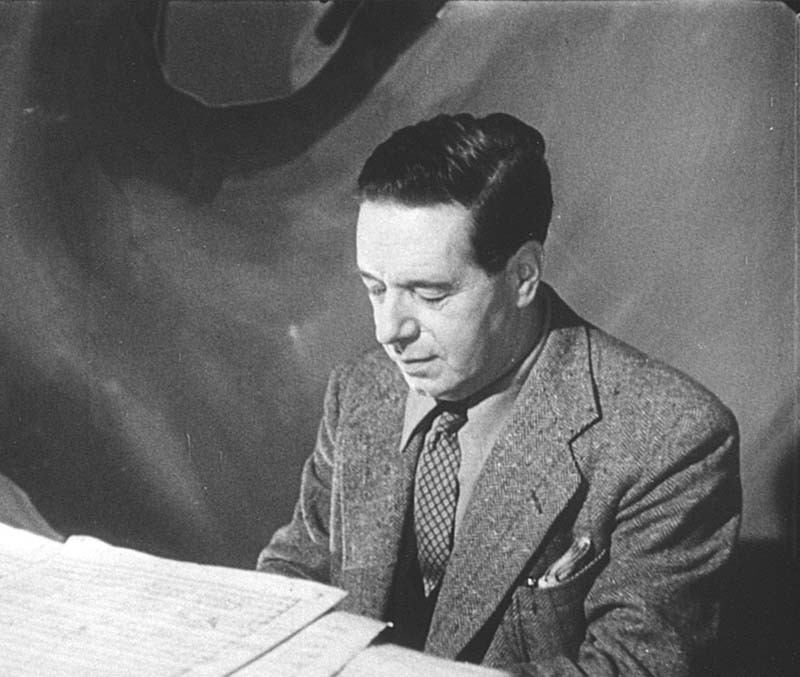COMPOSERS
EDGAR BAINTON
Edgar Leslie Bainton was a British-born, latterly Australian-resident composer. He is remembered mainly for his liturgical anthem ‘And I saw a new heaven’, a popular work in the repertoire of Anglican church music.
Bainton was born in Hackney, London, the son of George Bainton, a Congregational minister, and his wife, Mary, née Cave. Bainton showed early signs of musical ability playing the piano; he was nine years old when he made his first public appearance as solo pianist.
In 1899 he received a scholarship to study composition with Sir Charles Villiers Stanford. At college he became friends with George Dyson, William Harris and Rutland Boughton. Bainton kept a notebook listing nearly all his compositions, the first entry being his first known surviving work, Prelude and Fugue in B minor for piano, written in 1898.
In 1901 Bainton became piano professor at the Newcastle upon Tyne Conservatory of Music. He became involved in the local musical scene, composing, playing and conducting.
The New South Wales State Conservatorium of Music was impressed by his display of skills in 1930, and offered him the directorship in the summer of 1933. Accordingly, in 1934 Bainton and his family started a new life in Australia.
He introduced music previously unheard in Australia, such as Elgar’s Symphony No. 2 in 1934 and The Dream of Gerontius in 1936; Bax’s Third Symphony; and works by Debussy, Sibelius, Delius, and Walton, among others.
In 1956, a heart attack severely affected his health, and on 8 December he died at Point Piper in Sydney.
Long bio on Edgar Bainton.
Performances by CAM:
24th November 2017
‘A Casualty’
‘Cradle Song’
‘Strings in the Earth’
‘The Twilight People’
‘Slow, slow, Fresh Fount’
‘Twilight’
‘Young Love Dies Dreaming’
‘Shooting Star’











